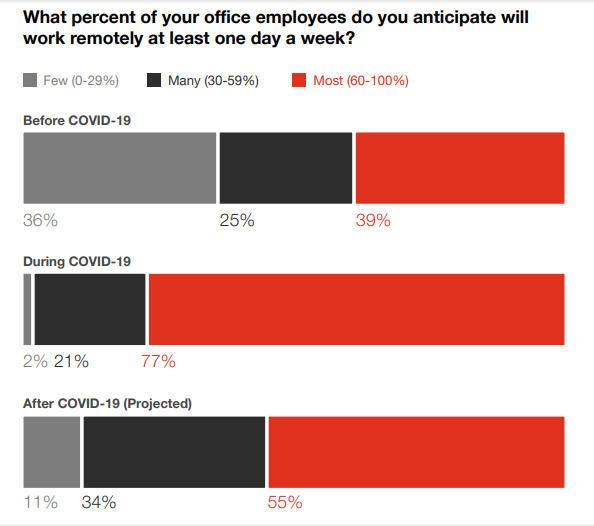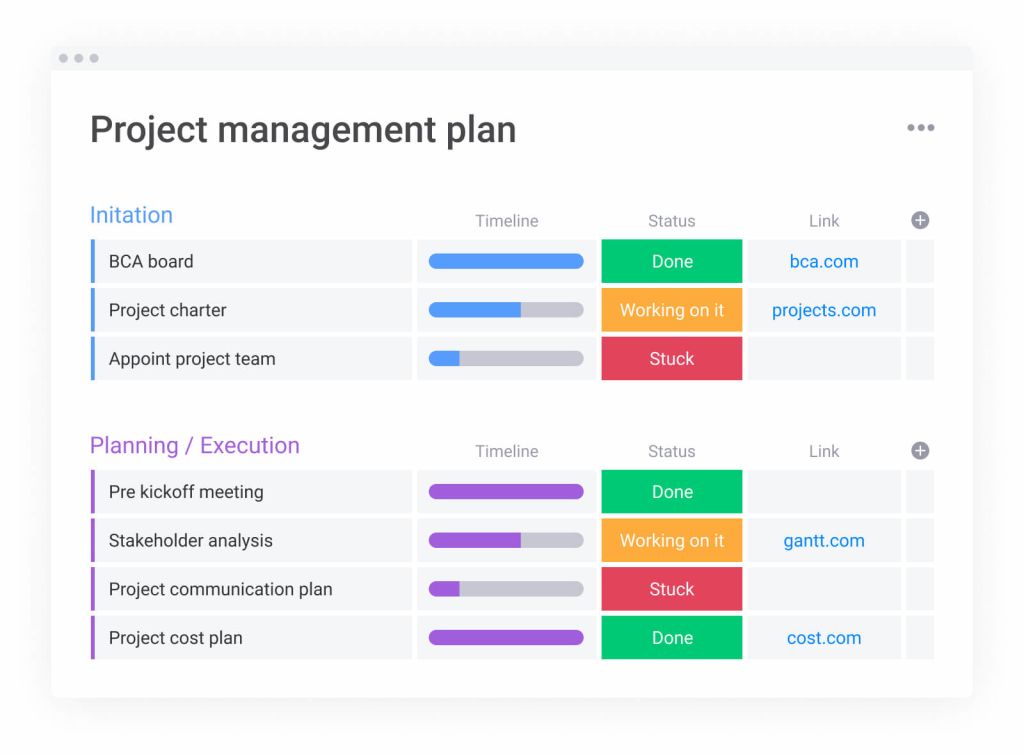Before the COVID-19 pandemic, the world of remote work was a slow-growing one, mostly taken up by young entrepreneurs and tech startups out of silicon valley.
This has all changed rapidly, of course, with executives looking to continue offering work-from-home as an option as vaccines roll out and restrictions lift.

That said, many still have their concerns, particularly about the operational perspective of setting up a completely remote business.
This article aims to soothe said concerns and will outline four smart strategies for tackling the remote work beast head-on.
1. Put a focus on Human Resources
One of the most pressing concerns when transitioning into the realm of remote work is the preservation of company culture.
With this in mind, it’s important that companies going remote focus heavily on implementing HR policies and providing support to employees over and above what would be expected in traditional office environments.
HR management for remote teams has its own nuances in comparison to managing onsite teams.
Examples of successful remote company HR management include:
- Setting clear expectations for employees on the work that needs to be delivered
- Clearly communicating any changes to their employee benefits as remote workers
- Hosting weekly coffee break style Zoom calls (casual)
- Assisting staff members in setting up remote workstations
2. Leverage tech-savvy Gen Z employees
Transitioning into remote work requires a different approach to technology.
Meetings are held virtually over Zoom or Google Hangouts, company communications are primarily handled over Slack or email, and a whole host of cloud-based systems such as project management software need to be implemented (more on that soon).
In short, there’s a lot of tech to get your head around, which can be tough for less tech-savvy generations.
There’s good news, though:
In a study by StuDocu in June 2020 on Gen Z’s employment outlook, 60.9% of students surveyed mentioned that they were looking for employment during the pandemic.
This means that companies can take this opportunity to hire tech-savvy Gen Zers and easily integrate them into a remote work environment without having to spend two hours showing them how to set up a Zoom meeting.
Of course, if you’re a company transitioning into remote work, you’ll already have employees. You won’t be able to change the fact that they aren’t a part of Gen Z.
What you can do, however, is set up a tech buddy system so that each non-tech-savvy staff member has a team member who can help them out when they are finding changes to be challenging.
3. Protect yourself from the risks of remote work
While many people hesitate to start a business during COVID, it’s actually the perfect time to set the foundations for your success in the post-COVID world.
Forming an LLC protects you as an entrepreneur from the liability associated with owning a business. This became especially important during COVID times, where many businesses fell into debt. A remote-first company allows you to operate with even less liability because you will not require as many fixed assets such as a large office space, office furniture, etc.
If you’re not sure where to start with regard to forming an LLC, check this article from Inc and Go.
4. Nail remote project management
Managing and executing projects remotely comes with its own set of challenges.
When you’re working together in the office, teams can use physical whiteboards, meet regularly to discuss progress, and even update each other casually while fetching a coffee or refilling their water bottles.
This all disappears in the remote world, so companies transitioning into a remote work environment need to adjust accordingly.
Start by equipping your team with the right project management tool. This will let you build out some solid processes and workflows. Then you have to communicate these changes with your team via written documentation and video walkthroughs.

Conclusion
Transitioning into remote work post-COVID can be tough, not only for companies as a whole but for the individuals working within them.
Focusing on human resources initiatives can bring a stronger sense of company culture to the table, but HR leaders should go beyond this, focusing on building employee resilience, well-being, and mental fitness.
Check out how Thrive Global has helped employees better manage their stress and become more productive, all while improving company costs related to employee turnover.


